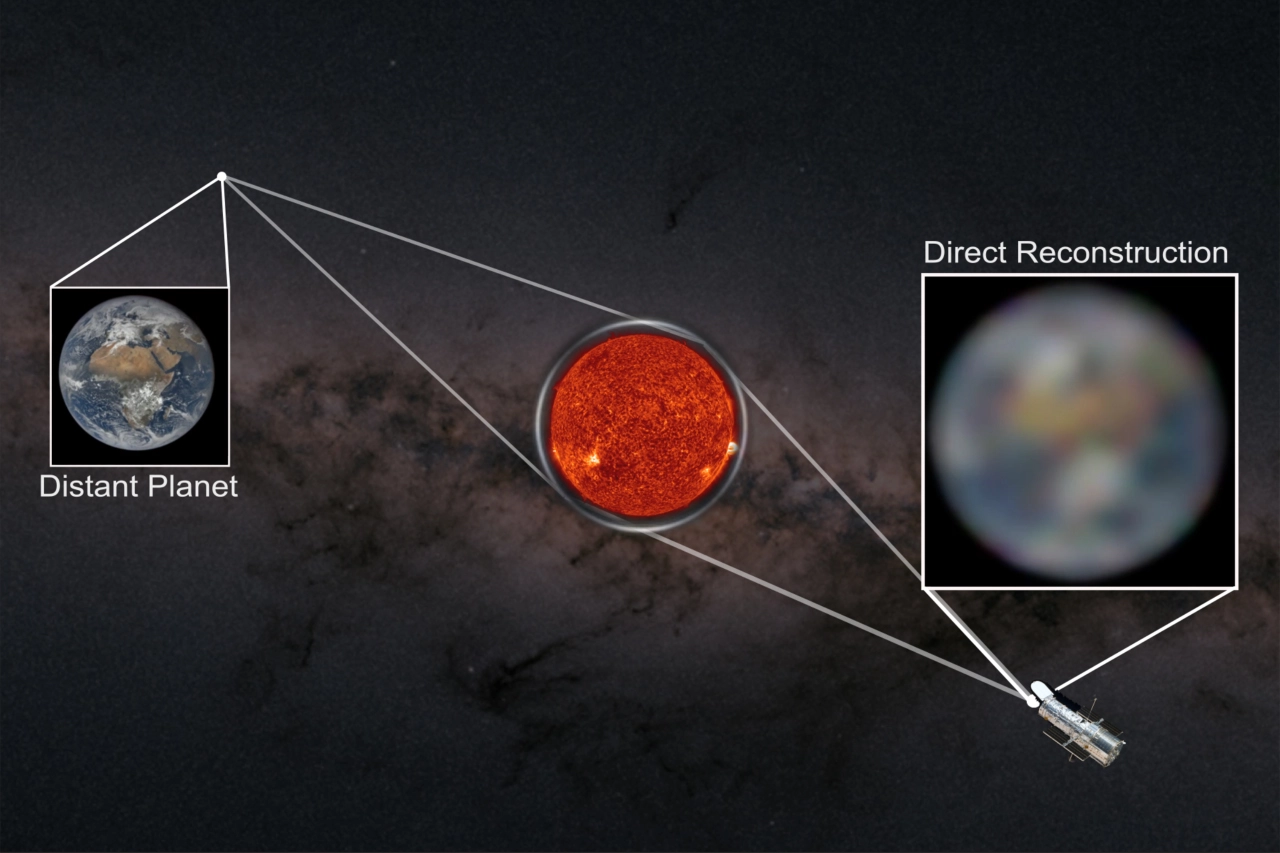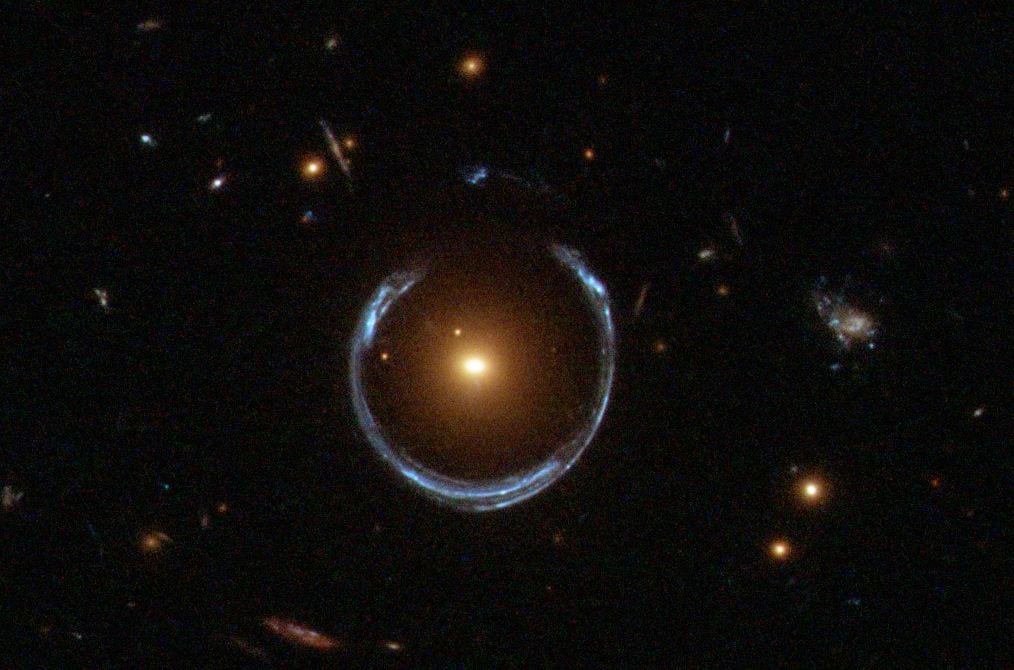
Albert Einstein’s Theory of General Relativity not only reshaped our understanding of the cosmos but also forecasted phenomena that continue to captivate and challenge the scientific community. Among these predictions was gravitational lensing—the bending of light by the gravity of massive celestial objects. This bending, akin to a cosmic magnifying glass, allows astronomers to observe distant galaxies.
Now, over a hundred years later, Slava G. Turyshev of NASA’s Jet Propulsion Laboratory is pioneering this principle in new realms. Turyshev investigated the Sun’s potential as a cosmic lens for not just observing the universe but for fueling our interstellar endeavors. His paper, awaiting review in Physical Review D, presents a visionary plan for exploiting so-called Solar Gravity Lenses (SGLs) to transmit energy between stars.
How it all might work
A Solar Gravitational Lens (SGL) is a phenomenon that occurs when the gravitational field of the Sun bends and focuses light from a distant object, such as a star or galaxy.
This bending effect is similar to the way a glass lens focuses light to a point. The massive body of the Sun creates a warp in spacetime, curving the paths of passing photons towards its center. When these paths align correctly with an observer, such as a telescope situated at a specific distance from the Sun, the light from distant objects is magnified and intensified, allowing for detailed observation that would otherwise be impossible with current technology due to the vast distances of space.
But there may be another application for SGLs.
The idea is as audacious as it is elegant: placing a transmitter at an SGL’s focal region—where the Sun’s gravity would sharply focus light beams—could allow for power transmission across the Universe. Such a system would not only amplify faint signals from distant objects but also serve as a means of high-resolution observation. This is comparable to what orbiting telescopes accomplish but on a much grander, interstellar scale.
In his paper, Turyshev discusses ways to harness a star’s gravitational field to beam focused energy to distant star systems, using technology similar to that used for interplanetary communication, but just more juiced up.
Building on previous research

Turyshev and his colleague, Carleton University Senior Research Fellow Viktor Toth, have extensively investigated the physics of gravitational lenses in prior publications. They have also investigated the potential of a spacecraft situated in the focal region of an SGL to facilitate advanced astronomical research. This includes how an SGL could amplify light from faint distant objects such as exoplanets to a degree where the resolution is equivalent to observations made from high orbit. Claudio Maccone, a Search for Extraterrestrial Intelligence (SETI) astronomer and mathematician, also demonstrated in a separate study how SGLs could facilitate interstellar communication.
Turyshev’s current research builds on these foundations, investigating ways to use a star’s gravitational field to transmit focused energy. He proposes methods to boost light using one or two lens systems. He came up with three ways to send laser energy through space. In each method, he placed a laser transmitter at a specific point near a lens, where it could send a stronger signal to a distant receiver. His results showed that the signal-to-noise ratio of the transmitted signal would be much higher with this configuration because lenses boosted the light.
The implications of Turyshev’s study are profound. If viable, this power transmission method could herald a new epoch of space exploration. By enabling the beaming of power between star systems, we could sustain not just long-duration missions in deep space but also lay the groundwork for interstellar colonization.
“”We show the feasibility and provide the tools that may be used to deal with all these nuances. And we have pretty good SNRs already, so including these extra modeling terms will not significantly reduce the sensitivity. So, this is the first paper that addresses all the topics in a non-speculative manner, focusing only on the physics involved,” Turyshev told Universe Today.
Yet, the path to realizing this vision has many logistical complexities. The alignment of transmitters and receivers across stellar distances necessitates precision engineering and navigation yet to be achieved. Not only that, but other gravitational fields along the transmission path could also bend and weaken the signal.
Despite these challenges, gravitational lensing could enable observation, communication, and power transmission across interstellar distances. Turyshev’s study provides a theoretical basis for further investigation. More than just providing light and warmth, our Sun could act as a focal point for interstellar connectivity and energy distribution.









